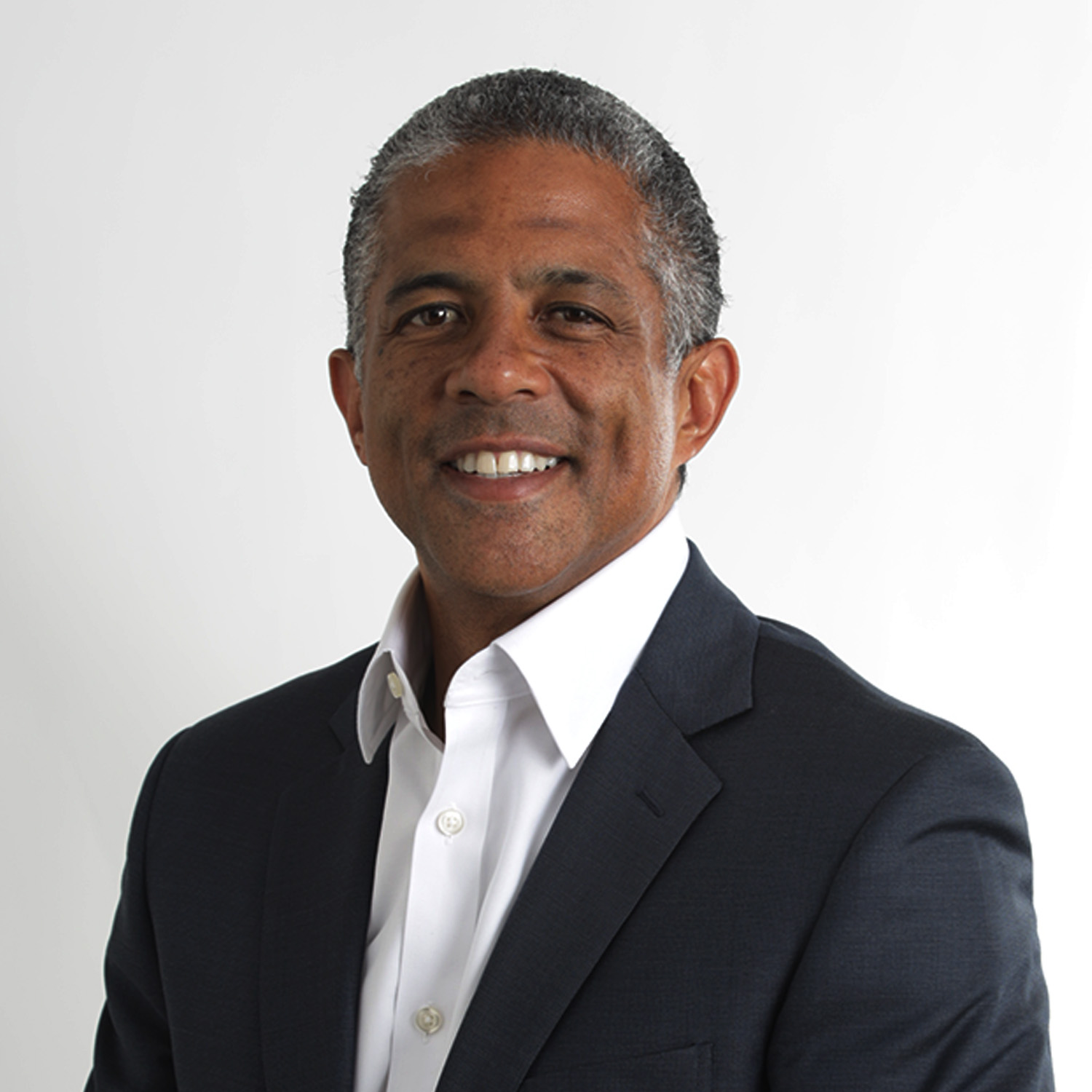In this episode of KayneCast, Chris Wright, portfolio manager of KAR’s Long-Short Portfolio, discusses how changes in investor attitudes throughout 2021 impacted the market, and what to expect for the Long-Short strategy as we move into the first half of 2022.
Q4 2021 Sees a Sell-Off in Tech Names
In the second half of 2021, quality began to catch up to the rally in lower quality equities that began in the first quarter. The year was characterized by strong equity returns, with companies with high ROEs appreciating over 20 percent, while companies with low ROEs also saw appreciation ranging from high single digits to over 20 percent. The market, however, rotated from growth to value stocks, with investors increasingly focused on inflation and the Fed’s tightening monetary policy.
Wright notes that Q1 2021 saw low-quality stocks take off, in part due to the meme stock craze and the implosion of Archegos Capital Management. The low-quality rally saw the shorts in the strategy outperform benchmarks, which created a headwind for the portfolio. During Q2 and Q3, the portfolio managed to keep up with the continued rise in benchmarks.
Short and long-term investments both underperformed in Q4 2021. The most significant factor influencing long-term investments was a sell-off of information technology names. Wright attributes this to the “prospect of a more aggressive Fed raising rates multiples times in 2022.”
Key Contributors and Detractors
Listen to the podcast above to learn more about the top contributors and detractors in KAR’s Long Short strategy for Q4 2021.
Higher Short-Term Rates on the Horizon for 2022
Wright remains focused on interest rates, consumer spending, and the impact of inflation on profit margins as we head into 2022. A more hawkish Fed is likely to increase interest rates several times this year, and Wright believes it’s significant that the Fed has stopped referring to current rates of inflation as “transitory.”
As for how these factors will influence KAR’s Long-Short Portfolio moving forward, Wright comments, “With the prospect of higher short-term rates on the horizon, we want to make sure we understand to what extent the companies we own could benefit from, or be hurt by, that type of environment. Also, to the extent supply chain issues and input cost inflation persists, we want to make sure we own companies that have the pricing power to push through these added costs in order to help insulate their profit margins from these higher costs.”Find out more about the impact of Q4 2021 on our Long-Short Portfolio by listening to the complete podcast.
Learn more about our long-short portfolio today.
This information is being provided by Kayne Anderson Rudnick Investment Management, LLC (“KAR”) for illustrative purposes only. Information contained in this material is not intended by KAR to be interpreted as investment advice, a recommendation or solicitation to purchase securities, or a recommendation of a particular course of action and has not been updated since the date of the material, and KAR does not undertake to update the information presented should it change. This information is based on KAR’s opinions at the time of the recording of this material and are subject to change based on market activity. There is no guarantee that any forecasts made will come to pass. KAR makes no warranty as to the accuracy or reliability of the information contained herein.
